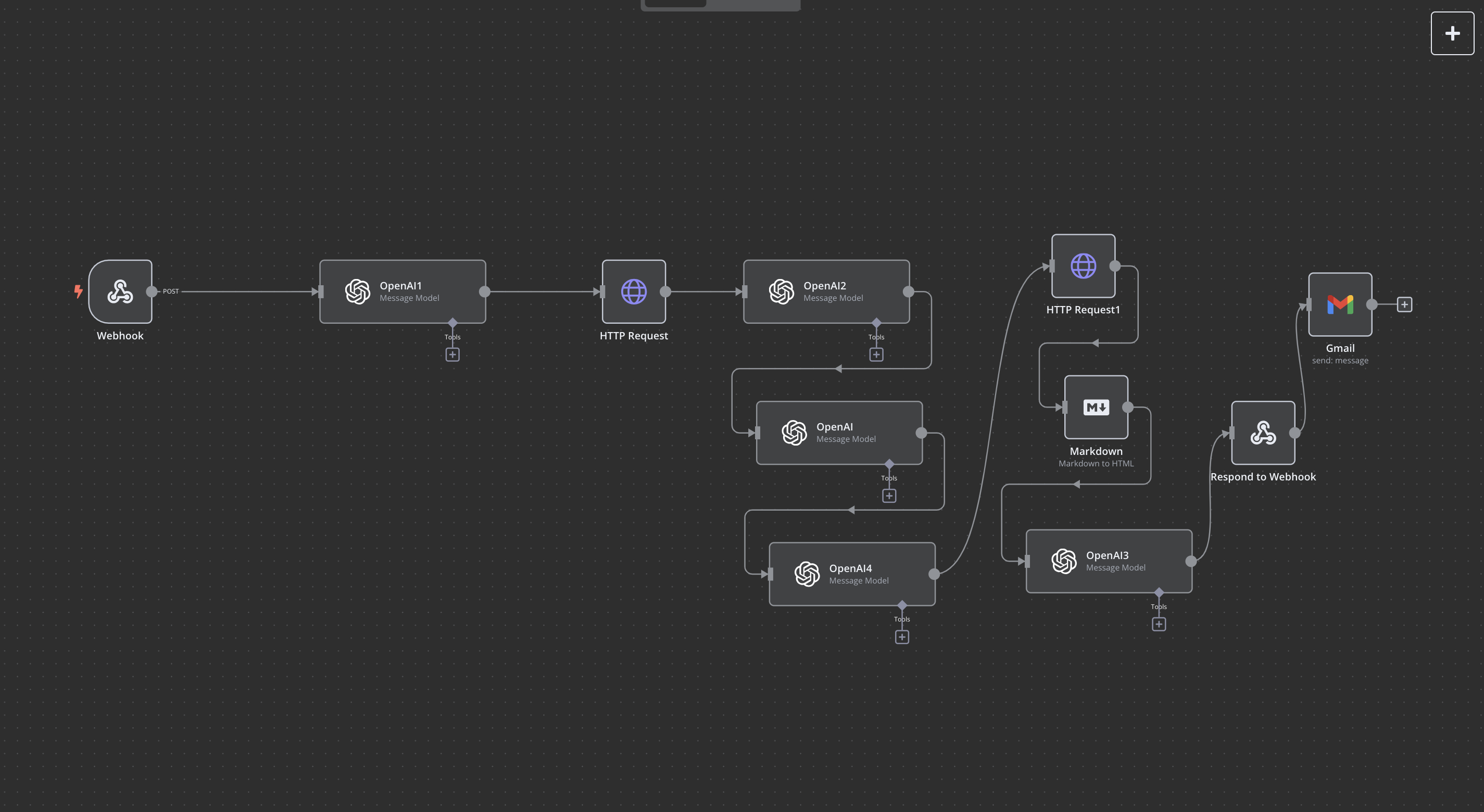Flows: The End of Hierarchy

You quickly learn as an executive that your success begins and ends with the quality of your team.
I’m not challenging that assertion in any way.
I love being a player coach.
A former boss and friend once stopped by my office and complimented me: “Dan, I’m not sure you are good at much, but you are good at hiring.”
And a hundred percent of my success can be attributed to surrounding myself with great people.
But a new team member is being introduced: The AI Agent.
And this will revolutionize how we fundamentally approach problem-solving, productivity, and innovation.
Let’s get to know each other.
The Org Chart
There is a certain elegance to company organization.
The company organizational chart dates back to the 19th century. In the 1850s, Daniel McCallum, a general superintendent of the New York and Erie Railroad, popularized it.
McCallum's work involved visualizing the vertical organizational structure to improve management and communication across the vast railroad operations. This was one of the first known uses of an organizational chart in a business context.
The concept of organizing and visually representing complex structures can be linked to earlier practices, like military hierarchy diagrams, but McCallum's chart effectively integrated the idea into business management.
It depicted authority, responsibility, and information flow and has since become a ubiquitous tool across various industries worldwide.
AI Agents
There is now a new member of the team: The AI Agent.
Almost everyone is familiar with ChatGPT, although many still consider it a fancy search engine.
Many people also have misconceptions about its usefulness, that it might be a fad, or are overly concerned about hallucinations. (I've banned using this word in our company.)
But AI agents are more than just content creators. They combine natural language thought with data search, content creation, and action.
In other words, they are mini-robots.
The beauty is that you can string them together in a horizontal flow rather than a vertical hierarchy—with one agent taking work one step further.

By interconnecting these nodes, virtually any CEO or company executive today can automate some basic tasks within their company.
Some examples might include writing a blog with a flow that generates a title from a keyword, reaching out to Google for SERP results, reformatting the topic to create more helpful content, actually writing the blog article, creating an image prompt, reaching out to an AI image creation platform like MidJourney and generate a photo for the feature image, reformat the blog so that it is arranged correctly with bold headlines and image placement, convert it to HTML so it will display correctly in an email, and send you copy for review.
In other words, from the simple keyword entry, a fully baked piece of content arrives in your inbox for final editing.
But these processes are incredibly adaptable.
Evaluate resumes from job applicants and rank them with questions for follow-up.
Create answers to customer support tickets and turn these into FAQs for your website on an ongoing basis.
Take meeting notes and turn them into a summary for participants and a to-do list that can be emailed to all attendees. Schedule a follow-up meeting and send calendar invites.
I think you get the point here.
The increase in team efficiency will be virtually endless. Creating a new division or team may not always be necessary.
Does this put jobs at risk?
In short, no.
With historically similar innovations, automation changes the way we consider our work. If automation can manage 80% of our tasks, it allows the remaining 20% to become more valuable time for focusing on higher-level thinking.
Comparative advantage suggests that focusing on the uniquely human requirements in most tasks will expand productivity.
Think about the word processor.
You can focus more on ideas when you don't have to focus on the mechanics of forming letters with handwriting.
This shift to more macroscopic tasks will accelerate productivity and innovation and offer companies that use these tools the opportunity to rapidly become more competitive.
How do I get started?
You have to get your hands dirty.
Executives today need to begin to play with AI tools.
Start with ChatGPT, but look at tools that allow you to string together actions.
Find a simple problem in your desktop workflow and see if you can automate the process.
You do not have to be a computer programmer or a software developer. This is probably the biggest misconception about AI.
Very inexpensive tools such as ActivePieces, n8n (depicted above), Flowise, and others are simple to learn and fun to use.
If you are worried about data security, several open-source applications can be easily hosted on your own server to create a closed environment.
You do not need to "take a class."
Instead, start working in the tool without instruction and combine YouTube with ChatGPT (yes, that's why I would learn that first). This is all you need to know.
Learning this kind of automation thinking is not optional for business owners and execs today.
Too many risks exist that your competitors will quickly outpace you with low-cost and simple innovations.
A fundamental understanding of flow opportunities is the only way to provide critical inspiration for your company and design team.
Let your creativity flow.

Member discussion